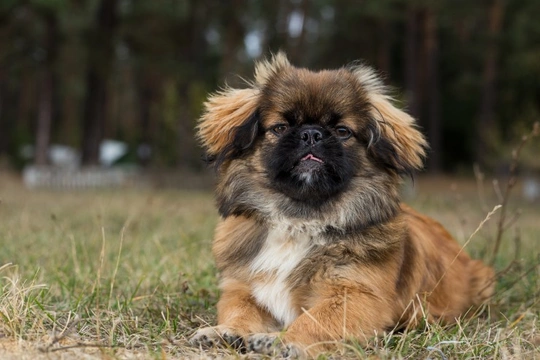
Is it a problem if your dog eats bugs, insects and garden critters?
Dogs are renowned for not being very selective about what they eat, and so most dogs will consume a reasonable amount of creepy crawlies and bugs in their lifetime! Whether your dog chases and snaps up butterflies or eats the odd spider that wanders across their line of vision, there is not much that the average dog will not eat if given the chance. However, just because a dog will eat something doesn’t mean that they should-so it is it a problem if your dog eats bugs, insects and garden pests?
The answer to this question depends in large part what type of bug or insect your dog has ingested!
In this article, we will look at some of the bugs, creepy crawlies and things that skitter and fly that you should be wary of when it comes to what finds its way into your dog’s mouth. Read on to learn more.
Harmless bugs?
Any insect, bug or fluttering, flying creature that you can think of has likely been eaten by a dog somewhere, and of course generally they do not cause any problems! Whilst unpalatable, eating things like spiders, moths and flies will generally not do your dog any harm, and because they are generally small, they will not upset your dog’s digestive system in the majority of cases.
Even if your dog does find themselves regretting their choice of snack on-the-go, they are likely to vomit or cough it back up fairly promptly… Again, this might make you wince, but your dog probably won’t care!
However, there are certain bugs and insects that can pose a risk to your dog’s health, including certain types of caterpillars, some of which are in fact poisonous-so if you spot your dog playing with a caterpillar, take your dog away! Toads too have a toxic slimy coating on their skin, which can be hazardous to dogs. Unfortunately, their erratic jumping movements and high-pitched squeals all make them very appealing to dogs, so this is something else to be alert for.
One other thing to be wary of is the possibility that a bug that your dog eats may have been exposed to pesticides or toxins designed to kill them-such as many garden pesticides to protect plants from bugs, and/or products designed specifically to kill bugs like ant powders or slug pellets. This is something that you should be aware of, so be careful not to use such products in your own home or garden.
Biting and stinging hazards
If your dog snaps at something that bites or stings, this may cause a problem. Things like flying ants and horse flies can deliver a nasty bite, but will usually be killed as soon as your dog snaps at them and/or swallows them, which is most likely to happen if the insect in question drew attention to themselves by biting your dog in the first place!
However, bees and wasps on the other hand can deliver a nasty sting to your dog’s muzzle or the inside of their mouth, which can be very painful and lead to an acute localised reaction. In rarer cases, your dog might prove to be allergic to the venom and go into anaphylactic shock, which is an emergency-so try to discourage your dog from snapping at bees and wasps where possible!
Slugs and snails
Slugs and snails might seem innocuous, and of course, they are not something that dogs will usually go out of their way to eat-although there are exceptions! However, these slimy, slow-moving garden staples can actually pose a hazard to your dog’s health in a variety of ways, all of which you should be aware of.
First of all, many gardeners use slug pellets as mentioned above to protect their plants from slugs and snails, and such products are toxic if your dog then ingests a slug or a snail that has come into contact with it. Again, take care when using products such as these in your own garden, and where possible, use safe and natural alternatives.
However, the greatest risk that ingesting slugs and snails can pose to your dog is lungworm-a parasitic condition that affects the dog’s lungs and that can cause early symptoms including a soft cough and exercise intolerance, which worsens over time and that can lead to respiratory failure, heart disease, and haemorrhaging in any of the body’s major organs-all of which are of course painful and apt to prove fatal if left untreated.
Slugs and snails commonly host lungworm larvae on their bodies, so if your dog eats or licks garden pests of this type, they run the risk of contracting the condition. The larvae can also be spread in the slime of the trail made by slugs and snails-such as if you leave your dog’s toys out in the garden overnight, and your dog picks them up the next day after they have been slimed.
In order to prevent lungworm, discourage your dog from picking up slugs and snails-muzzling them if necessary-and don’t leave toys outside in the garden when not in use. Additionally, talk to your vet about the wormer that you use for your dog and ensure that it offers protection against lungworm-and that you are administering it frequently enough, and in the correct dosage.



